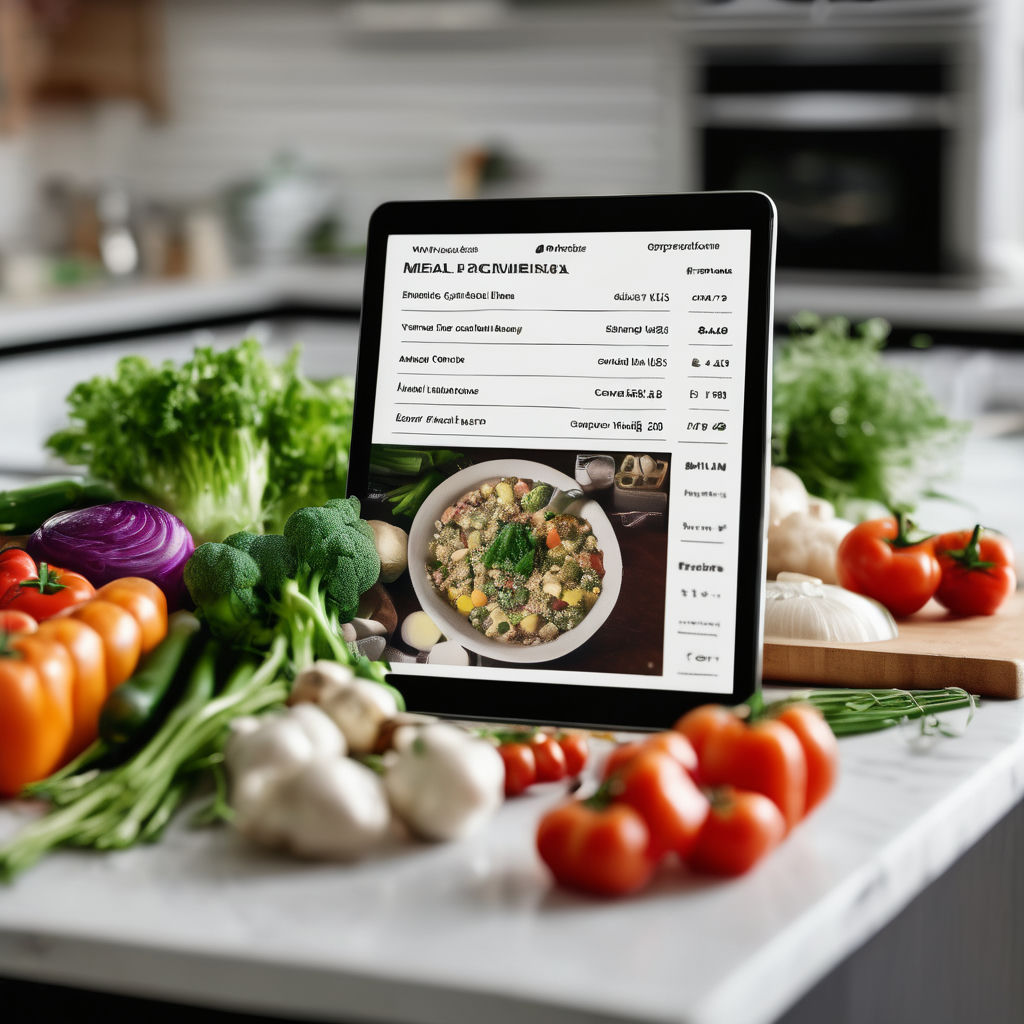
The Smart Cook's Guide to AI-Powered Meal Planning: Why It's a Game-Changer for Busy Kitchens
If you've ever stared at your fridge on Sunday evening wondering what to cook for the week, you're not alone. The gap between intention and action is real—meal planning sounds great until you actually sit down to do it. That's where AI-powered meal planning steps in to bridge that gap, turning what could be an hour of deliberation into a streamlined process that works around your life, not against it.
The Daily Reality of Meal Planning Without Help
Let's be honest: traditional meal planning is tedious. You browse recipes, cross-reference ingredients, check what you already have, scribble shopping lists, then realize halfway through the week that you're sick of the meals you planned. The mental load is exhausting, and for many people, it's why the takeout apps get opened more often than the oven.
The real issue isn't that people don't want to cook at home—it's that the planning phase requires so much cognitive effort before you ever touch a pan. By the time you've done the prep work, you're already tired.
How AI Changes the Equation
An AI meal planner works differently. Instead of starting from scratch, it learns your preferences, dietary needs, and cooking skill level. It understands what you actually like to eat—not what you think you should eat. This matters more than you'd think.
When you tell an AI meal planner that you prefer Mediterranean flavors, enjoy quick weeknight meals, but don't mind spending more time on weekends, it adjusts suggestions accordingly. It's not giving you a generic plan; it's creating one tailored to your actual life. You input your pantry staples, dietary restrictions, and how much time you're willing to spend cooking, and the system builds around those constraints.
The real time-saver? Integration. A proper AI meal planner doesn't just suggest recipes—it creates shopping lists automatically, tracks what's already in your pantry, and updates recommendations based on what you've actually used. No more duplicate items in your cart or ingredients that expire before you remember you bought them.
Breaking Down the Time Savings
Consider a typical week without planning: 15-20 minutes deciding what to cook each day, another 10-15 minutes browsing for recipes, 20 minutes at the store because you didn't have a list, plus the mental energy spent on decision fatigue throughout the week. That's easily 60-90 minutes of time and considerable mental overhead.
With AI-powered meal planning, you spend 5-10 minutes setting preferences once, then let the system handle recipe selection, portion suggestions, and shopping lists. The weekly decision-making is essentially done, and you've reclaimed your mental space for things that actually matter.
Beyond Time: The Secondary Benefits
There's more happening beneath the surface. When meals are planned in advance, you're less likely to abandon cooking halfway through and order delivery. That immediately impacts your budget and dietary choices. Studies show that having a concrete plan increases adherence to any goal, and meal planning is no exception.
Food waste drops significantly too. You're only buying what you'll actually use because the plan is specific about quantities and timing. That's a financial win and an environmental one.
Personalization That Actually Learns
The best AI meal planners get smarter as you use them. If you consistently skip vegetable-heavy recipes, the system notices and adjusts. If you rate certain meals highly, they reappear in variations. If you suddenly have 30 minutes less time one week, the planner adapts suggestions to faster recipes.
This learning curve is crucial because it means the tool becomes more useful over time, not less. It's learning what works for your specific situation, your taste preferences, and your lifestyle constraints.
Making It Work for Different Lifestyles
Whether you're a parent managing multiple schedules, someone working irregular hours, or just someone who wants more control over their nutrition, an AI meal planner scales to your needs. Vegetarian? It filters accordingly. Need low-sodium options? Built in. Want to save money this month? It can optimize for budget-friendly ingredients.
This flexibility is what separates a truly useful tool from generic meal planning templates that require endless manual adjustment.
The Practical Starting Point
Getting started is simpler than you might think. You don't need to commit to anything complex—just answer a few questions about your preferences, lifestyle, and cooking style. Be honest about how much time you actually want to spend in the kitchen. The accuracy of your plan depends on realistic inputs.
Once you've set those foundations, let the system handle the heavy lifting. Review suggestions, adjust if something doesn't appeal to you, and let your shopping list populate automatically.
The Bigger Picture
The appeal of an AI meal planner isn't about being fancy or high-tech for its own sake. It's about removing friction from something you have to do anyway. Everyone eats. Everyone either plans meals or defaults to whatever's easiest in the moment. When planning becomes effortless, easier, and better-personalized, you naturally choose it more often.
This is what makes meal planning feel less like a chore and more like something that genuinely supports your week. You're not fighting against your own laziness or analysis paralysis—the system is designed to work with how you actually live.